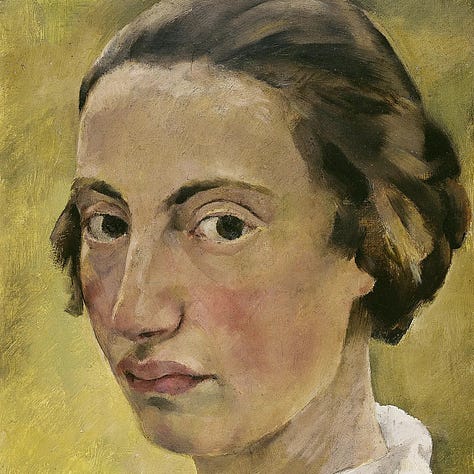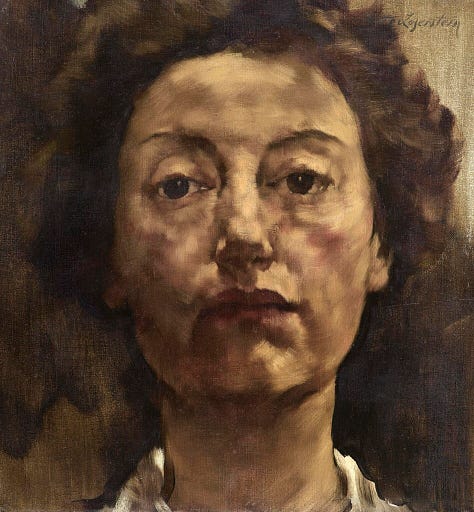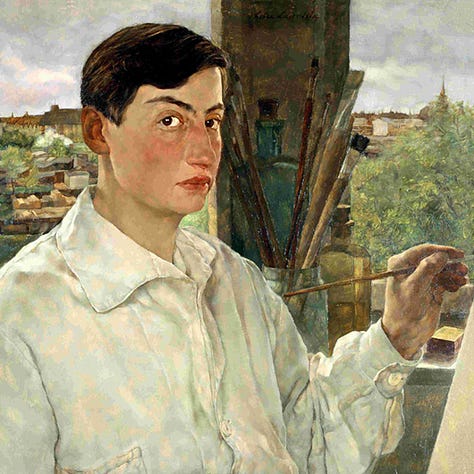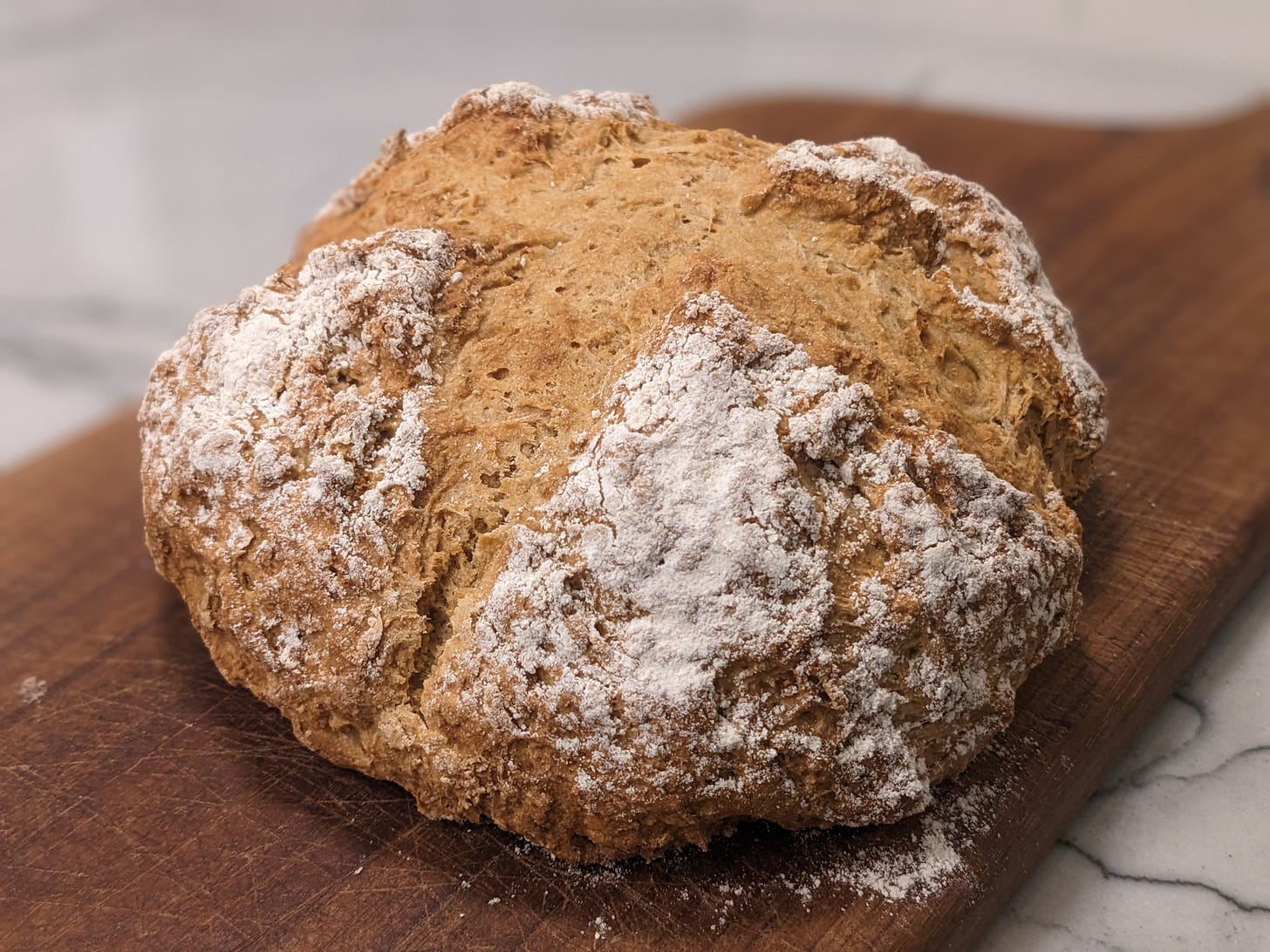But as for a cinema that is queer and political and transgressive and cool and influential, people have to go out and find that. It still exists, but it needs to be sought after. It’s not going to be fed to you, the way things are happening now. It has to be discovered.
~Stephen Winter1
Chocolate Babies (1996) by Stephen Winter. The lack of critical attention and viewership given to Chocolate Babies, one of the best films about the AIDS Epidemic in the United States, is criminal—especially given the robust academic and nonacademic discourse about New Queer Cinema. It’s not hard to surmise why this transgressive, lacerating, in-your-face film with a punk rock soul about “Black faggots with a political agenda” has gone under appreciated for nearly 30 years (*cough*racism*cough*). Stephen Winter’s Chocolate Babies is a wonderful, unflinching, and, at times, uncomfortable film about AIDS, addiction, advocacy, chosen family, identity, homophobia, and racism.
“For Angela Davis and Gina Dent, Abolition Is the Only Way” by Hanna Phifer. In honor of Angela Davis’s birthday today we want to focus on this insightful interview with Dr. Davis and her partner Dr. Gina Dent. In our most recent Roundtable, featuring our wonderful friend Laurel Hechanova, we discussed Davis’s groundbreaking book Blues Legacies and Black Feminism: Gertrude “Ma” Rainey, Bessie Smith, and Billie Holiday. In our chat, Laurel mentions the importance of appreciating our queer icons while they are still with us—we couldn’t agree more. As this interview clearly demonstrates, Davis is as vital and visionary as ever. In this interview, Davis and Dent discuss their recent collaborative book Abolition.Feminism.Now. (2022) in which they argue for transformative justice (abolition) that asks for structural change over individual retribution. They also potently talk about the power of art, collaboration, and hope. Angela Davis is a singular queer icon and we wish her the happiest of birthdays—and many more to come.
Temple by Thao & The Get Down Stay Down. Enthusiastic thanks to TQY reader Kelley Q., who reached out this week to recommend musician Thao Nguyen. We are so grateful for the reminder about this dynamic queer artist! We spent almost the entire day cooking, daydreaming, working, and dancing to Thao & The Get Down Stay Down’s stellar album Temple (2020). We both had known of Thao, who was the standout artist on the Kill Rock Stars compilation The Sound the Hare Heard, have several of Thao’s albums (solo, collaborative, and with her former band), and have seen Thao in concert, but somehow we had lost connection to this music we once loved. Thao’s voice is simultaneously approachable and unreachable, and the songs on Temple sparkle with resilience, beauty, and joy. The below songs are some of the gems of this album.
Thanks again to Kelley! We heartily welcome recommendations from you all, so please share your queerest content by emailing us: queerestyear@gmail.com.
Heather
No Straight Lines: The Rise of Queer Comics directed by Vivian Kleiman. Even though I have always loved Alison Bechdel’s comic strip (and subsequent books) Dykes to Watch Out For, I’m not well-versed in comic strips/books. This newly streaming documentary is about five artists who are pillars of the queer comics underground culture: Alison Bechdel, Jennifer Camper, Howard Cruse, Rupert Kinnard, and Mary Wings. No Straight Lines recounts their careers and reveals how beautifully they formed a supportive queer artist community, all while showing how their art reflects and shapes queer identities and lives. These artists have let us know that we’re not alone by literally drawing the good, the bad, and the ugly of the queer community. Oh, also, now I want to hang out with Jennifer Camper.

T’Ain’t Nobody’s Bizness: Queer Blues Divas of the 1920s narrated by Jewelle Gomez. This 28-minute documentary is about five queer women blues singers who were “large in lifestyle and lavish in costume.” These musicians, Alberta Hunter, Ethel Waters, Gladys Bentley, Ma Rainey, and Bessie Smith, lived at the peripheries of both Black and white cultures, which imposed intersectional challenges while allowing a freedom for expression and queerness.
“Werewolf” by CocoRosie. This song begins with the haunting line: “In a dream I was a werewolf”, which is apropos because earlier this week I had a dream in which I was a werewolf and this song served as the soundtrack in this dream. How’s that for some meta werewolf-ing!?! “Werewolf”—which has nothing to do with actual werewolves—has thus been living rent free in my head all week. CocoRosie’s sound is gothic adult lullaby. The way that the two sisters’ distinctive voices interplay and interact is as artful as it is entrancing. I’m as drawn to werewolf films as I am to songs that mention werewolves. In fact, the first sexual dream this baby dyke had happened in the 80s after I watched both Wolfen and The Howling on cable one night when I was too young to be watching either. All I remember from the long-ago dream is werewolves, a beheading, and an orgy, as well as awaking both scandalized and titillated.
Amie
Shadow and Bone on Netflix. One of my favorite escapes from this capitalist hellscape, besides dreaming about living in the timeline in which Angela Davis is our leader, is a good fictional world and fantastical universe. This week, I rewatched the first season of Shadow and Bone, which is an adaptation of the Grishaverse novels, because streaming service “if there’s a whiff of diversity and/or a show queers love we cancel it” Netflix actually gave it a second season and it’s coming out soon. The world-building is really well done (especially the gorgeous costumes) and I’m looking forward to spending more time with Alina and The Crows.
Crumb by Ruby Tandoh. I needed a new treasure trove of baking recipes and was keen to see how sweet Ruby (from GBBO’s best BBC days) brought her practical and thoughtful approach to baking to this collection. I have only made a few things from it (the whole wheat soda bread being a fast fave, partly for how easy it is and largely for how delicious it is), but I can already tell this baking book is going to become a go-to. I’m especially looking forward to trying out the Rye Apple Upside-down Cake and Stout Gingerbread.
Artist Lotte Laserstein. In my own art practice, I strive to engage with art made by a wide range of living and working artists as much as those in our past. An advantage of not having learned art through any academy or institution is not being indoctrinated by “the canon.” Even still, you have to do work to learn about artists who aren’t the handful of “masters” (whatever that means) and who aren’t white men—a labor I readily undertake and very much value. One such queer artist I learned about in recent years is Lotte Laserstein, a Jewish German-Swedish painter whose portraiture is incredibly compelling. Lotte is known for her paintings of the “New Woman,” which are rendered with such beautiful grace that you know Lotte really saw the women she painted. Most accounts of her life thoroughly detail how she had to flee from Germany to Sweden in 1937, but few go into her queer life with her chosen family, including “favorite model and lifelong friend” Traute and “I married him for the citizenship” friend Sven. I am particularly drawn to Lotte’s self portraits, which are as sensitive as they are piercing.



https://www.criterion.com/current/posts/7582-for-the-love-of-black-queer-cinema-a-conversation-with-stephen-winter





No Straight Lines! I appreciate queer comics and adore Bechdel's ("rhymes with rectal") work, so will check this out for sure. Re: Lotte Laserstein, I definitely see how her art connects to you and your art! And yeah, we know who decides to have the status of "master" artists, so fuck that. Sorta related: Luq's discovered the HGTV channel (blame it on #hotellife), and I noticed that in these shows they've switched to talking about the "primary bedroom" instead of "master bedroom", so yay for small mercies?